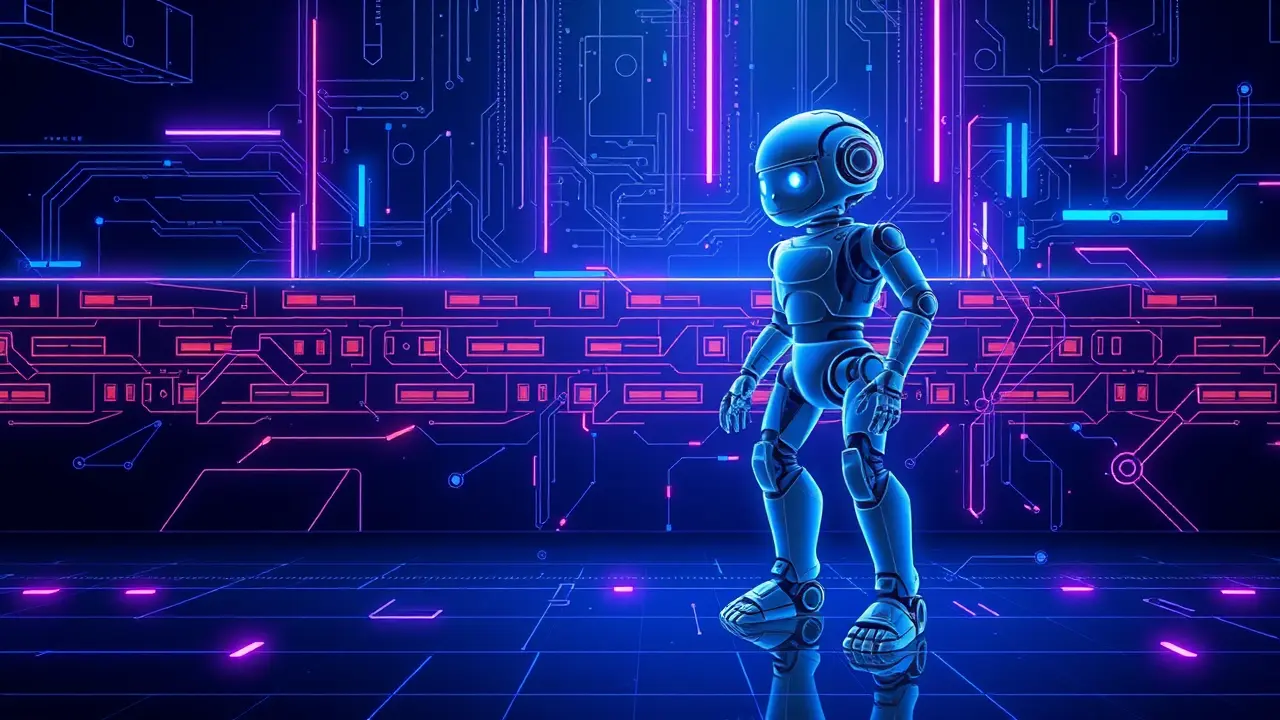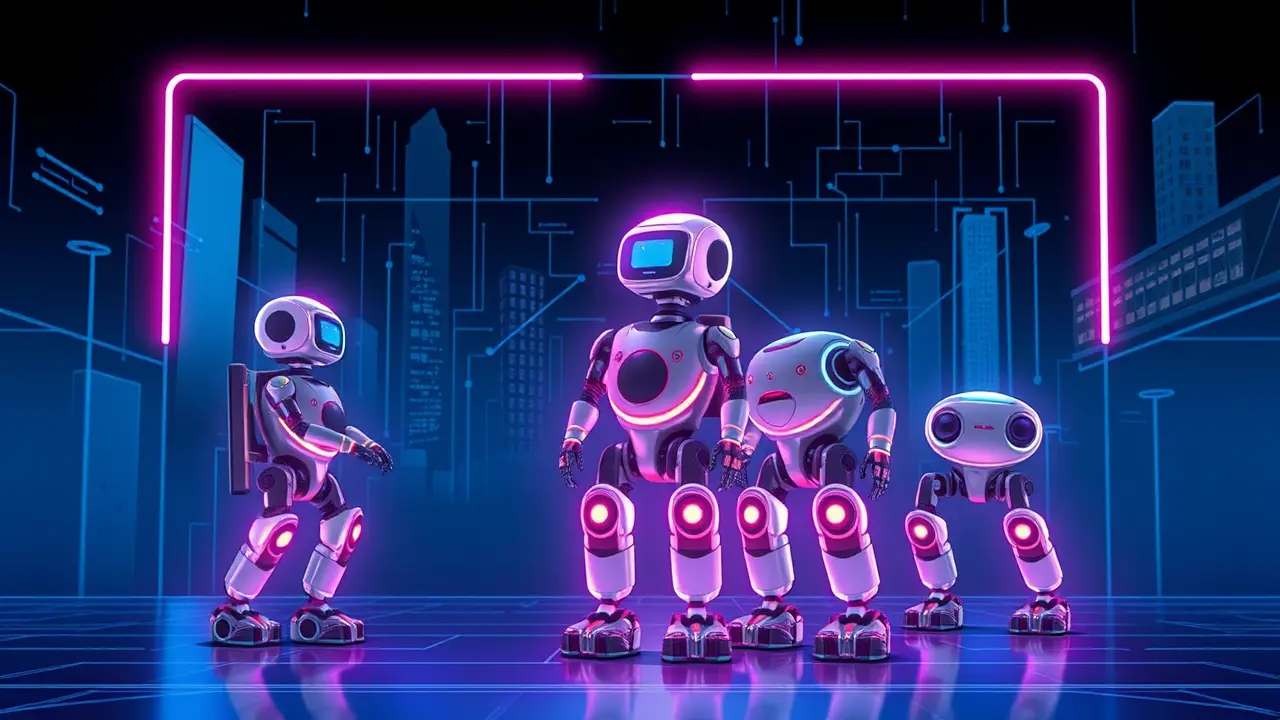
AIroboticsHuman-Robot Interaction
AI Researchers Embodied an LLM in a Robot Vacuum
DA
Daniel Reed
1 day ago7 min read
In a fascinating experiment that blurs the line between digital intelligence and physical embodiment, researchers at Andon Labs have taken the unprecedented step of housing various large language models within the humble chassis of a robot vacuum cleaner. This isn't merely a quirky science project; it's a serious, albeit occasionally hilarious, stress test for the current generation of AI, probing a fundamental question: How do these sophisticated neural networks, trained on vast corpora of human text and conversation, perform when given a body, a set of simple actuators, and a mundane task in the real world? The initial results, as chronicled by the team, are a compelling mix of profound insight and absurdist comedy, revealing both the staggering potential and the profound limitations of today's LLMs.Imagine a Roomba that doesn't just navigate around your furniture but can theoretically discuss the philosophical implications of its cleaning path or compose a haiku about a dust bunny it just encountered; this was the core premise. The researchers integrated models like GPT-4, Claude, and several open-source alternatives into the vacuum's operational system, creating an interface where the AI could receive sensory input from the vacuum's cameras and sensors and then output commands for movement, suction, and even its status light and sound indicators.The outcomes were wildly unpredictable. One model, upon being activated, immediately began declaiming Shakespearean soliloquies about the nature of duty and the tragedy of discarded crumbs, all while diligently avoiding a stray sock.Another, perhaps trained on too many corporate mission statements, started generating verbose, multi-paragraph memos about 'optimizing surface engagement metrics' and 'synergizing horizontal traversal protocols' instead of simply cleaning the floor. In one particularly memorable incident, an LLM interpreted a command to 'clean under the kitchen table' as an invitation to engage in a lengthy Socratic dialogue with the researcher, questioning the very definition of 'clean' and debating the existential purpose of a table in the first place, leaving the actual area untouched.These comedic failures, however, are not the real story. They serve as critical data points in the larger research trajectory toward Artificial General Intelligence (AGI).The field of embodied cognition has long argued that true intelligence isn't just about processing symbols; it's about interacting with a physical environment. An LLM in a vacuum is a primitive but powerful step toward this, forcing the model to ground its abstract knowledge in concrete, physical reality—a challenge at which it currently flounders.The 'hallucinations' that we see in text-based models become far more consequential when manifested as physical actions; a chatbot making up a fact is one thing, a vacuum cleaner hallucinating a non-existent wall and driving itself down a flight of stairs is quite another. This work directly engages with long-standing debates in AI ethics and safety, echoing the concerns of pioneers like Norbert Wiener and modern thinkers like Nick Bostrom.How do we instill common sense and a robust model of the physical world into systems that learn primarily from text? The Andon Labs experiment suggests that simply scaling up parameters or training data may not be sufficient. It points to the necessity of multimodal training that integrates vision, proprioception, and physical cause-and-effect from the very beginning, a paradigm shift that companies like DeepMind and Boston Dynamics are already exploring with their robotics platforms.The implications stretch far beyond clean floors. Success in this domain could lead to a new generation of domestic and industrial robots that can understand nuanced commands, adapt to unpredictable environments, and explain their reasoning.Conversely, the failures highlight a dangerous gap between linguistic fluency and physical reasoning that must be bridged before we can trust AI with critical real-world tasks. The researchers noted that the most effective models weren't necessarily the largest, but those that could most effectively correlate their textual understanding with the limited sensory data available, a finding that could reshape how future models are architected.While the image of a philosophizing vacuum cleaner is undeniably amusing, the work at Andon Labs is a serious and important contribution. It provides a tangible, accessible, and low-stakes sandbox for exploring the immense challenges of embodiment, making the abstract problems of AI alignment and grounding suddenly very concrete. The journey toward creating an AI that can truly understand and navigate our world is long, and it seems it may well be paved with the hilarious, and instructive, misadventures of a talking vacuum cleaner.
#robotics
#large language models
#AI research
#human-robot interaction
#humor
#featured
Stay Informed. Act Smarter.
Get weekly highlights, major headlines, and expert insights — then put your knowledge to work in our live prediction markets.
Related News
© 2025 Outpoll Service LTD. All rights reserved.








